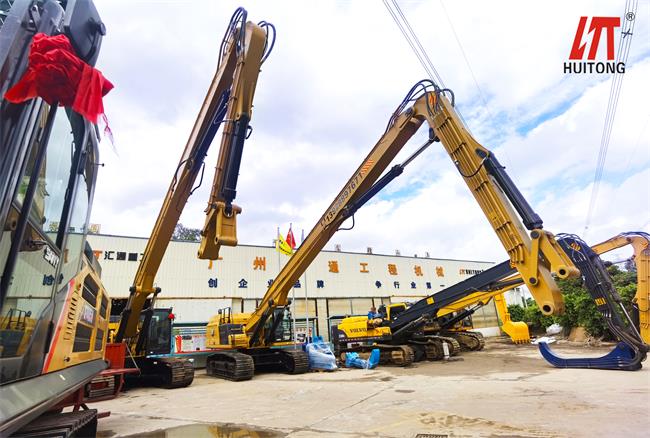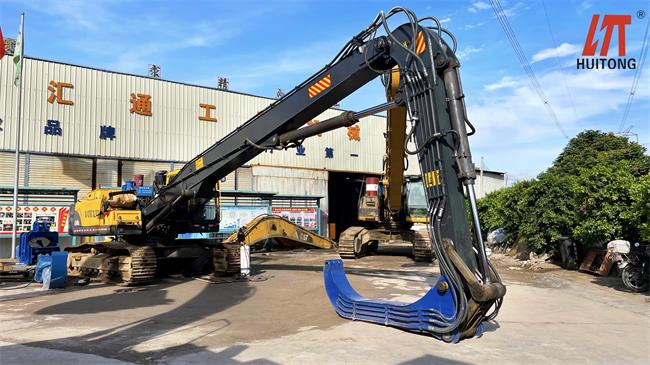 HuiTong
HuiTong  2025-06-13
2025-06-13
If the excavator works at an ambient temperature lower than -13°C or higher than 38°C, the maintenance interval should be shortened. If the equipment works in harsh or dusty conditions, the maintenance period must be shortened. If any abnormal situation is found during maintenance, it should be reported to the staff of the customer service center immediately to avoid large failure losses.

Daily maintenance of the excavator
1. Check the oil level of the hydraulic oil tank and check the hydraulic system for leakage.
2. Whether the instruments and alarm devices work normally, whether the sound of each moving part and the temperature are abnormal.
3. Check the oil level of the diesel oil pan, the coolant level, the drain of the oil-water separator, check the fan for cracks or looseness, and check the belt for cracks or scratches.
4. The added diesel is made of genuine diesel, the added diesel engine oil is APICE/CI grade 15W-4O thickened oil, and 10W30 oil is used when the ambient temperature is below -5 degrees.
5. Check the sealing condition of the intake pipe of the diesel engine, check whether the lubrication parts are well lubricated, clean the sludge of the whole machine after working every day, and check whether there is leakage of water, oil and gas. Whether the connection of each key part is loose.

The excavator weekly maintenance
1. Maintenance of operating equipment, refueling of all lubricating oil points, once a day under severe work.
2. Diesel engine air filter maintenance: Clean the air filter element. According to the construction environment, the size of the ash layer can increase the number of cleanings, check the connection of the intake pipe, and check the tightness of the belt.
3. Maintenance of slewing mechanism: Check the oil level of the gearbox and the tightness of the fixing bolts.
4. Hydraulic pump maintenance: check the tightness of the connecting bolts, and check the connection and sealing of the oil suction pipeline.
5. Maintenance of the central rotary joint: Check the tightness of the mounting bolts, check whether the joint is leaking, check the gas transfer lubrication, and check the swing of the transfer during rotation.
6. Maintenance of slewing bearing mechanism: Check the tightness of the mounting bolts and check the grease.
7. Transmission shaft maintenance: check whether the fixing is firm and whether the lubrication is good.
8. Cylinder maintenance: check the seal for leakage.
9. Maintenance of electrical equipment: check whether all functions are normal, check the electrolyte level in the battery, and whether the wire connectors are reliable.
10. Check the tightness of the track and whether the track shoe bolts are tight.
11. Check the hydraulic pipes and joints for leakage.
12. Check the surface condition of the piston rod of the hydraulic cylinder.